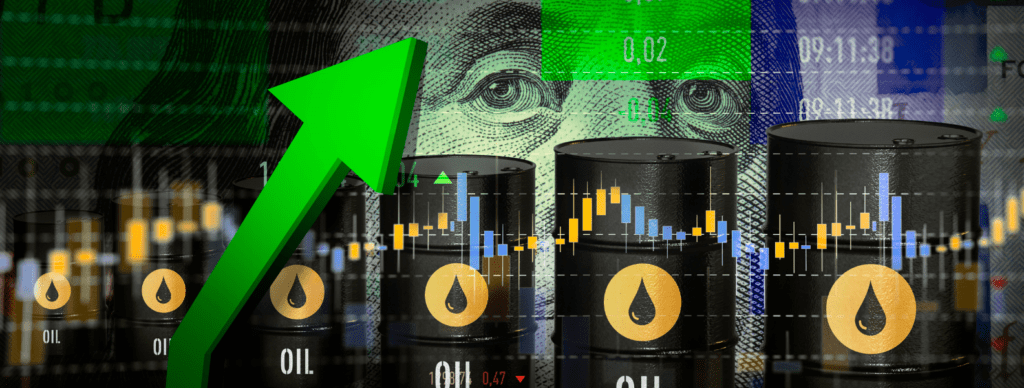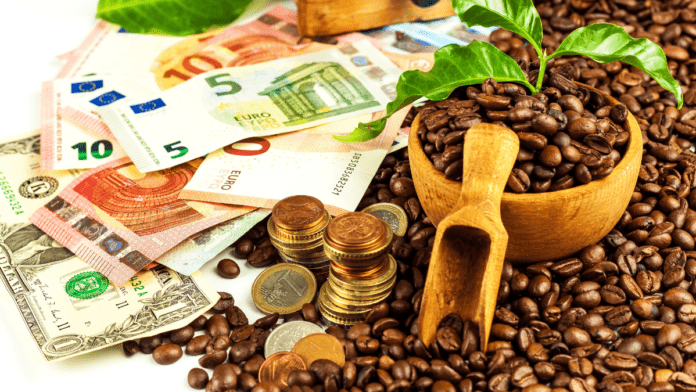Commodities are natural materials or goods that can be collected and processed to be used in human activities. Because they are required for the production and use of food, energy, and clothing, they form the foundation of our economy.
Many commodities are mass-produced and have the same quality and quantity. This means that they are priced the exact same regardless of origin.
Commodities can be bought and sold through exchanges just like stocks. The Chicago Mercantile Exchange, New York Mercantile Exchange, and London Metal Exchange are all well-known exchanges.
Darien equity analyst David Rewcastle states that a spike in energy prices can affect the price of several commodities, such as natural gas and fertilizer.
Read: Darien Equity Research Analyst David Rewcastle Pulls Back the Curtain on Equity Investing
What determines the price of a commodity?
The forces of supply-demand drive commodity prices. There are many factors that could impact their price.
Concurrence
Alternative technologies and products can decrease the demand for older commodities. According to David Rewcastle, Darien, CT equity analyst, the rise of renewable energy has led to a significant decrease in investment in oil and natural gas.
A knock-on effect can be created by new companies in the market, especially if they have more efficient supply chains or faster production lines. This will reduce costs and make them more attractive to shareholders.
Read: Advantages of investing in early retirement
Politics
If they have an effect on imports or exports, political events and policies may cause price changes. Prices can rise if there is an increase in import duty.
Macroeconomics
A weak economy can reduce the demand for commodities, especially for those involved in transport and building. A booming economy may lead to increased demand, which can lead to higher prices.
Seasonality
The seasonal cycle that affects harvesting and production is a major factor in agricultural commodities. When harvest forecasts are positive, prices tend to rise and fall after harvest. Prices drop when there is too much competition.
Weather
Natural material production and transport can be affected by extreme weather conditions and natural disasters. Colder temperatures, for example, can cause the ground to freeze or damage the goods. Market prices can rise if there are any factors that impact the supply chain. For example, decreasing production could cause a decrease in output.

What is the relationship between commodities and derivatives?
Modern commodities markets rely heavily on derivative securities such as forward and futures contracts. Sellers and buyers can trade with each other easily, in large quantities, and without the need to exchange physical commodities. Many commodity derivatives buyers and sellers do this to speculate on the price movements and protect against inflation.
What is the Factor that Determines Commodity Price?
Supply and demand determine commodity prices, just like all assets. A booming economy could lead to higher demand for oil or other energy commodities. If inflation is expected to rise, investors may buy commodities as an inflation hedge.
What is the difference between a commodity and security or asset?
Commodities refer to physical products that can be used or consumed in their production. Assets are goods that aren’t consumed by their use. Money or machinery, for example, are useful but do not last as long as they are being used. Security is a financial instrument, not a product. It is a legal representation, such as a contract or claim that represents certain cash flow generated from different activities (such as stock representing future cash flows for a business).
Read: What is the 70% rule in real estate investing?
What are the Different Types of Commodities
Hard commodities are those which are mined from the earth. These commodities can include metals, oil, ore, as well as petroleum (energy) products.
Soft commodities are those that can be grown, such as agricultural products. These include, among other things, wheat, coffee, sugar, and soybeans.




